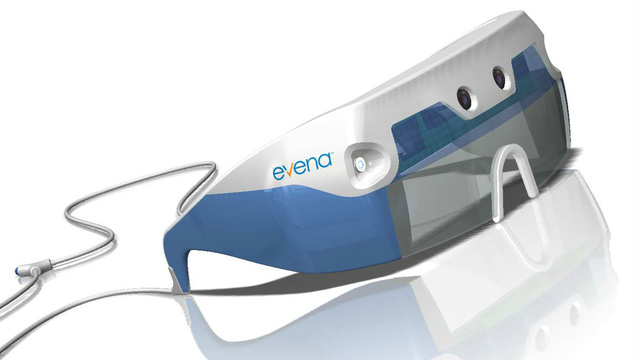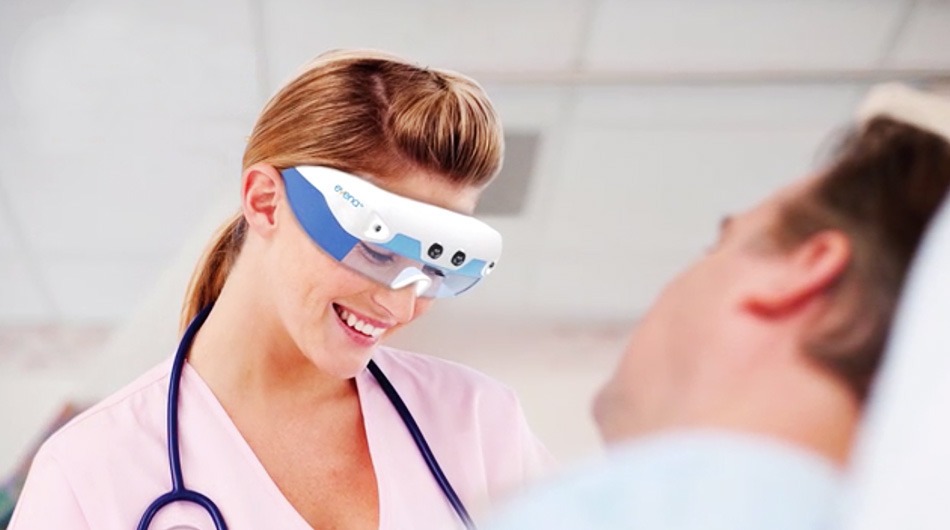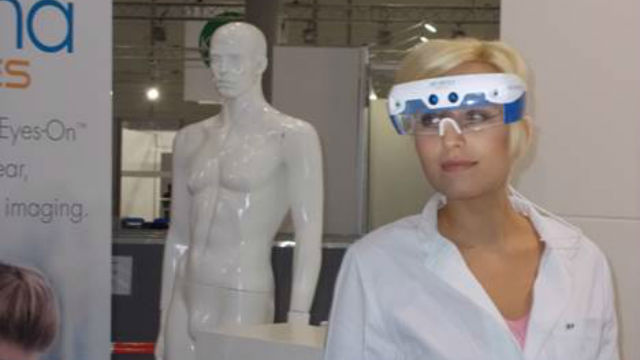These Glasses Will Help Medics Spot Your Veins With Precision
2013.11.21

Don't like needles under your skin? Sometimes it takes a while before finding the vein, that's why multiple stabs happen. This new wearable device however from Evena Medical, will be able to tap your veins almost immediately.
The Eyes-On Glasses System combines Evena's own proprietary multi-spectral 3D imaging technology with Epson's Moverio smart glasses will provide medical practitioners an anatomically accurate, real time view "through" the patient's flesh to the underlying vascular structure.

"Studies have shown that up to 40% of IV starts require multiple attempts to locate and access a vein, which not only wastes valuable nursing time but also delays therapy and causes patient discomfort and dissatisfaction," said Frank Ball, Evena Medical President and CEO, in a press statement. "With Evena's Eyes-On Glasses, nurses can quickly and easily locate and access the best veins for each patient – even in challenging clinical environments such as pediatric or neonatal units."

To actually discover and evaluate potential vivipuncture sites, Frank Ball continued,
We beam intense light at four specific wavelengths in the infrared and short infrared bands. This light penetrates up to 10 mm of tissue and are absorbed by de-oxygenated hemoglobin, venous blood, but is reflected by oxygen-rich arterial blood and other tissues. This creates a contrast of dark areas (the veins) and the surrounding lighter tissues to create a two tone image on the screen.
We do image pre-processing on the camera, post-processing in a separate computer, and present that image onto the display screen—or rather in the case of the Eyes-On, they're projected onto the center of the lenses. This gives us a very clear, high-definition image in a HUD (Heads-Up Display) format so that the medical staff can keep their eyes on the patient and maintain that important face-to-face contact, rather than looking away at a monitor.
We do image pre-processing on the camera, post-processing in a separate computer, and present that image onto the display screen—or rather in the case of the Eyes-On, they're projected onto the center of the lenses. This gives us a very clear, high-definition image in a HUD (Heads-Up Display) format so that the medical staff can keep their eyes on the patient and maintain that important face-to-face contact, rather than looking away at a monitor.
More Articles
Copyright © Fooyoh.com All rights reserved.